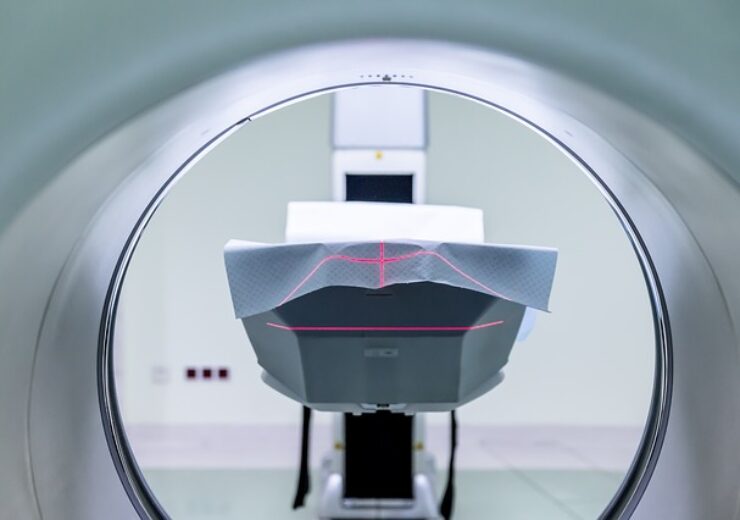Elucid’s AI software is shown to quantify IPH and LRNC, which are important drivers of heart attack and stroke

Elucid’s AI software expands CTA analysis capabilities. (Credit: Michal Jarmoluk from Pixabay.)
Data from two separate trials showed that Elucid’s AI software has expanded the computed tomography angiography (CTA) analysis capabilities.
The software is shown to quantify important drivers of heart attack and stroke, including intraplaque haemorrhage (IPH) and lipid-rich necrotic core (LRNC).
Also, the AI solution facilitated automatic detection of histologically defined plaque stability phenotypes across all epicardial vessels.
The Boston-based medical technology company is engaged in developing AI software to help physicians optimise the treatment of patients with vascular disease.
Elucid founder Andrew Buckler said: “By applying our software’s machine intelligence, we are, for the first time, able to accurately assess plaque stability from routine, non-invasive radiologic images.
“Our goal remains to provide a precise diagnosis and guide treatments for the world’s leading cause of death.
“This will further the options available for medical analysis to improve both patient and medical teams’ experiences, and I look forward to presenting the findings from both studies during SCCT this week.”
The first study is titled ‘Intraplaque Hemorrhage and Lipid-Rich Necrotic Core may be Objectively Quantified using Histopathologic Correlates Automatically from CTA’
According to the company, it marks the first study to report delineation of IPH for the first time by any software.
CTA was analysed using the ElucidVivo software, whose results complemented the histopathologic references and linearity of both tissue types independently.
According to the study results, quantitative measurement of LRNC and IPH from regular CTA increases its diagnostic power and expands the scope of clinical decision support tools.
The second study is titled ‘Histologically Defined Plaque Stability Phenotype Can Be Reliably Determined Automatically from CTA Across All Epicardial Vessels in One Acquisition’.
The study used ElucidVivo software to determine lesion stability from CTA, and validated by histology, based on its accurate tissue classification.
Elucid said that identifying vulnerable plaque by any modality marks a unique capability for patients historically at risk for adverse events including sudden cardiac death.
The study results showed that classification measured against ex vivo data was more than enough for clinical use and could effectively determine plaque stability.
Harbor-UCLA Medical Centre cardiology division cardiac CT director Matthew Budoff said: “These abstracts shed light on the meaningful clinical value of scientific cardiovascular imaging when strong concordance with histopathology is confirmed.
“There is potentially strong prognostic value in automatically identifying these elusive plaque features and categorizing patients which may finally help us start to finally reduce stroke and heart attack rates.”
